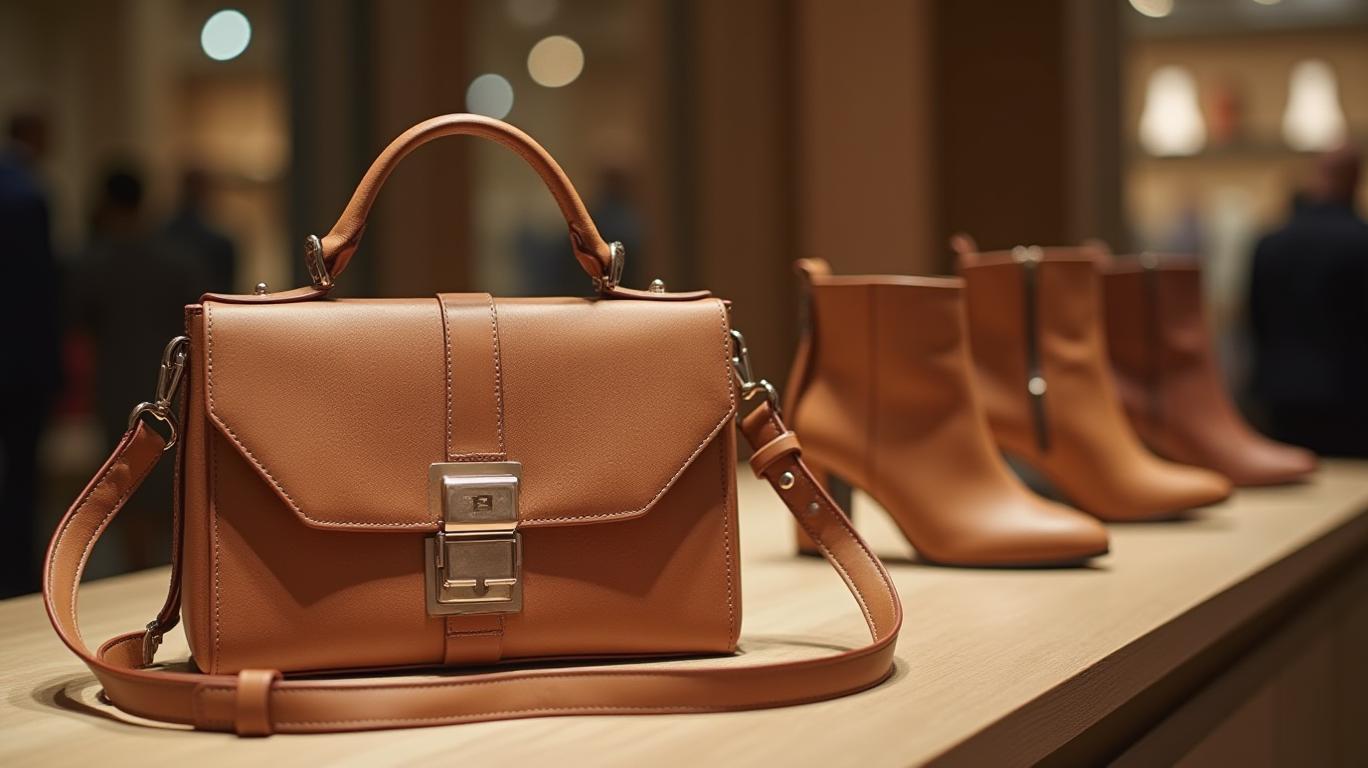Steve Madden's Strategic Moves: Navigating Tariffs and Expanding Globally Post-Kurt Geiger Acquisition
Steve Madden Limited (NASDAQ: SHOO) faces a critical juncture in 2025 as it balances the transformative impact of its acquisition of UK-based luxury accessories brand Kurt Geiger against escalating global tariff pressures. The dual focus on international expansion and supply chain resilience underscores a strategic pivot to sustain growth amid macroeconomic headwinds. Here’s a deep dive into the company’s moves and their implications for investors.

The Kurt Geiger Acquisition: A Strategic Gambit
In Q2 2025, Steve Madden finalized its acquisition of Kurt Geiger, a £289 million cash deal that adds £400 million in annual revenue and a premium brand presence in Europe and Asia. The move solidifies Steve Madden’s position in the accessories market, a category growing at 4.2% annually, while expanding its direct-to-consumer footprint to 61 international concessions. CEO Edward Rosenfeld called the acquisition a “powerful new growth engine,” emphasizing its alignment with long-term goals to diversify geographically and vertically integrate into higher-margin segments.
Tariff Mitigation: A Multi-Front Defense
To counter U.S. tariffs that threaten profitability, Steve Madden has deployed four key strategies:
1. Supply Chain Diversification: A 40% capacity expansion in Vietnam and new Thai partnerships reduce reliance on China, shielding 9% of China-sourced tariffs.
2. Free Trade Zone Leverage: Singapore’s FTZ program classifies goods as “foreign status,” avoiding tariffs on non-Chinese inputs—a tactic that cut effective tariff costs by 6% via deferred payments.
3. Nearshoring via CAFTA: Central American production (Honduras, Guatemala) capitalizes on duty-free benefits under the U.S.-Central America Free Trade Agreement, boosting margins on leather goods.
4. Blockchain Logistics: Real-time origin validation and VAT recovery programs (e.g., $2M recouped in the EU) reduce customs disputes and compliance costs by 25%.
Financial Implications: Growth vs. Near-Term Risks
The acquisition was funded via a $550 million credit facility and existing cash reserves ($147.2M as of Q1 2025). While the deal expands revenue streams and geographic reach, it has introduced debt leverage—total liabilities rose to $807M by Q2, up from $618M in 2024. Steve Madden’s withdrawal of 2025 financial guidance signals cautiousness over tariff volatility, but long-term metrics are promising:
- Tariff Cost Reduction: Combined strategies achieved a 15% year-over-year decline in effective tariffs.
- Cash Flow: FTZ utilization alone improved operating cash flow by 6% through deferred payments.
- Market Share: Kurt Geiger’s 61 international concessions and e-commerce platforms add scale in high-growth regions like Asia and Europe.
Risks and Challenges Ahead
Despite these positives, Steve Madden faces hurdles:
1. Tariff Retaliation: U.S. trade policies could shift, undermining FTZ and CAFTA benefits.
2. Operational Scaling: Southeast Asian factories must handle 40% increased capacity without compromising quality.
3. Debt Management: Higher leverage may limit flexibility in future acquisitions or downturns.
Conclusion: A Calculated Gamble with Growth Potential
Steve Madden’s dual strategy of geographic expansion and supply chain agility positions it to capitalize on the $300B global accessories market, particularly in premium segments. The Kurt Geiger acquisition alone adds £400M in annualized revenue, while tariff mitigations have already slashed effective costs by 15%. Despite near-term risks, the company’s “fortress balance sheet” (cash reserves + $238.6M inventory as of Q1 2025) and strategic investments in automation and blockchain suggest resilience.
Investors should monitor two key metrics:
1. SHOO’s Q3 2025 revenue growth: A rebound post-acquisition integration would validate market-share gains.
2. Tariff cost savings: A sustained 15% reduction could add 8-10% to margins, offsetting debt costs.
In a sector where 60% of footwear brands report margin compression due to tariffs, Steve Madden’s proactive stance makes it a standout play for investors willing to bet on its execution. The next 12 months will test whether this gamble pays off—or becomes a cautionary tale of overextension.

Comments
No comments yet